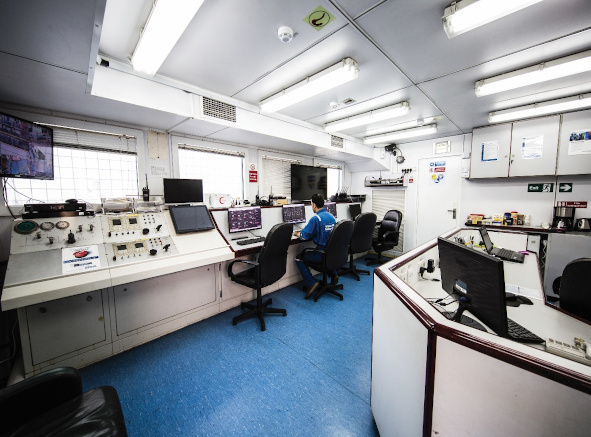DESCRIPTION
Seismic Data processing
Brief description: Seismic data recorded in digital form by each channel of the recording instrument are represented by a time series. Processing algorithms are designed for and applied to either single channel time series, individually, or multichannel time series. By referring to the field data examples, we examine characteristics of the seismic signal primary reflections from layer boundaries and random and coherent noise such as multiple reflections, reverberations, linear noise associated with guided waves and point scatterers.
Seismic Interpretation
Simply defined, seismic interpretation is the science (and art) of inferring the geology at some depth from the processed seismic record. While modern multichannel data have increased the quantity and quality of interpretable data, proper interpretation still requires that the interpreter draw upon his or her geological understanding to pick the most likely interpretation from the many “valid” interpretations that the data allow. The seismic record contains two basic elements for the interpreter to study. The first is the time of arrival of any reflection (or refraction) from a geological surface. The actual depth to this surface is a function of the thickness and velocity of overlying rock layers. The second is the shape of the reflection, which includes how strong the signal is, what frequencies it contains, and how the frequencies are distributed over the pulse. This information can often be used to support conclusions about the lithology and fluid content of the seismic reflector being evaluated.
Seismic Reservoir Characterization
Seismic reservoir characterization plays an essential role in integrated exploration and reservoir studies, as it provides our clients with an optimal understanding of the reservoir’s internal architecture and properties. The advanced seismic techniques developed by IFPEN have proved remarkably accurate in predicting reservoir occurrence and properties between wells. They have thus added significant value to most of the integrated projects we have conducted with our clients over the past years.
Geological Interpretation and Integration
interpretation of geological data as a guide to the velocity variations which affect the seismic interpretation. By integrating all available geological and geophysical data - including seismic and well data - we are able to provide well constrained geological interpretation that enriches your exploration efforts.
Geomechanical Study
Geomechanics is a science dealing with the study of the behavior of rocks affected by stress. It has various applications in utilization from oil and gas reservoirs including of the wellbore stability analysis and determination of safe mud window.
Petroleum System Modeling, Basin Analysis and Geochemical Services
basin and petroleum system modeling (BPSM) has evolved from a simple tool, used mainly to predict regional source rock thermal maturity, to become a critical component in the worldwide exploration programs of many national and international oil companies for both conventional and unconventional resources






